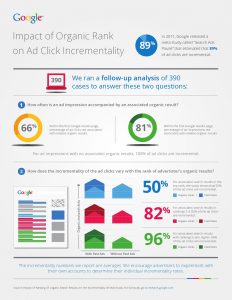Search engine optimization is the process of improving website traffic by optimizing the core components of search engines. This is often done by performing keyword research on competitors and potential customers’ searches. Finding the most popular search terms can help you optimize content and create new content. Here are the basic steps of search engine optimization. Let’s look at how each of them works. How do you start optimizing your website for the most popular search terms? Read on to learn more.
Keywords are the words that customers type into search engines to find a product or service. Usually, keywords fall into two buckets: informational and product. If your eCommerce website sells tennis shoes, for example, you should optimize your pages around both types of keywords. This will increase your visibility on the SERPs. But remember: don’t use the same keyword in all pages. It’s better to use a combination of both.
The structure of a website is also important. It helps visitors find what they’re looking for and makes it easier for search engines to index your site. Using navigation helps search engines understand what each page on your site is about. Google also likes to see what role each page plays in the overall structure of your site. By using this structure, your site will be indexed in Google and the major search engines. However, it’s important to remember that search engines will only be able to index your content if you use the appropriate keywords and structure.
Google’s new algorithm, Hummingbird, has changed how search engines index content. This new version of Google’s algorithms focuses on natural language processing and semantic understanding of web pages. As a result, it matches pages with the meaning of a search query better. While the new update won’t improve your rankings overnight, the benefits are long-lasting. This update also improves the quality of traffic that reaches your website. For example, if you have a YouTube video, it will be displayed in Google’s search results.
Another important part of SEO is internal linking. Search engines view inbound links as votes of confidence. Links from high-authority pages can boost the authority of a page with less authority. Off-page SEO, on the other hand, describes the optimization tactics that take place off owned web properties. Off-page SEO strategies can include social media and influencer marketing. And remember, it’s not just about the quality of your content. A good strategy will help you get noticed and get more traffic.
In the short term, search engine optimization may pay off with high rankings. For the long-term, however, you should focus on creating useful content, building high-quality backlinks, and attracting positive reviews. There’s no single element that will revolutionize SEO performance. All of these factors will increase your chances of achieving higher search engine rankings. You must also keep in mind that black hat SEO techniques may get you penalized by major search engines.
Indirectly, SEO is also affected by the dwell time of the reader. Whether the visitor spends a long or short time on your page, Google takes this into consideration when ranking web pages. The longer the time on a page, the higher its relevance is. Similarly, if the reader has to scroll through several pages, they’re less likely to click on your link. It’s vital to keep the content on your website relevant for the search term, otherwise, it won’t rank well in the search results.
Your website’s title and meta description are critical components of search engine optimization. A good title explains the content of the post and helps Google understand what it’s all about. In addition, the meta description is meant to tell readers what to expect from your website, and it should include your long-tail keyword. This is the most crucial part of the SEO process. It’s the first thing that search engines crawl, so make sure it’s a good one.
If you have old URLs, make sure they’re optimized for mobile users. 301 redirects can help, as can canonical URLs for similar content. Having a mobile-friendly version of your website is critical to your SEO. But be sure to update them as necessary. Make sure your website has a mobile version of each page! Your mobile audience expects the same functionality and content, so make it responsive. Remember to include structured data and metadata on all versions of your website.







